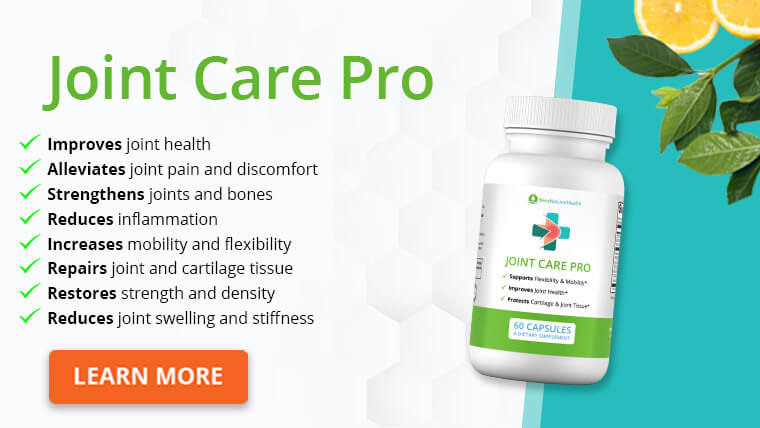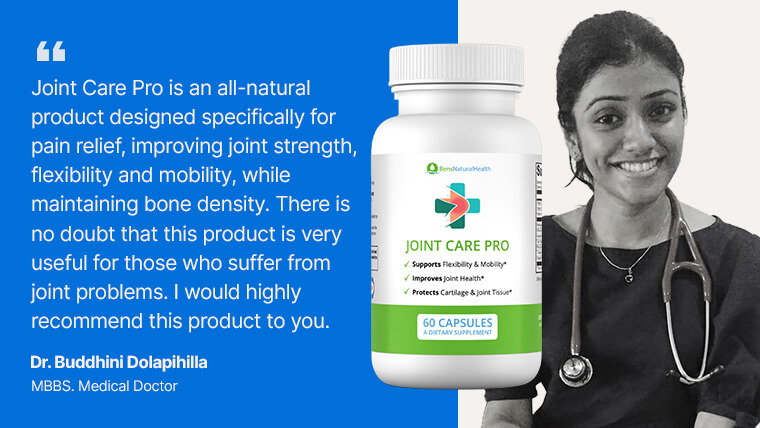You’re in the middle of a workout routine and can’t complete a movement or do the proper technique.
Or maybe you can’t lace your shoes or pick up the keys from the floor without bending your knees.
What if you have a tough time moving?
Is that a flexibility or a mobility problem? Is there a difference?
In this article, you will learn more about flexibility and its importance for exercise and stretching.
We will also give you examples of exercises for flexibility and stretches to become more flexible.
What is flexibility?
Flexibility is the ability to move your joints without pain and with ease and within the usual range of motion of the articulation.
This extensibility function is a big deal for athletes who are trying to achieve their best performance. Being flexible will help athletes achieve their goals, but it is also essential to improve mobility.
Flexibility problems are often associated with joint pain and other musculoskeletal issues. But you can do daily stretches for flexibility, and they will improve your muscle function gradually.
In the following sections, you can choose an exercise or a routine for flexibility and stick with it for a few months to see the results.
Mobility vs flexibility
Before going ahead with the best exercise stretches for flexibility, it is essential to highlight the differences between mobility and flexibility. These terms are often used interchangeably, but they are not the same.
As mentioned above, flexibility is the capacity to lengthen your muscles to reach their usual range of motion. This is a passive motion performed by someone else or by yourself in static stretches.
An example of a flexibility exercise is neck rotation, in which you feel the flexibility work at the end of the range of motion, keep lengthening a bit and hold for a few seconds.
Mobility is also the capacity to move your muscles until they reach their usual range of motion. But this is an active motion performed by your muscle groups without staying long, lengthening the connective tissues.
For example, in the recovery process after a stroke, you can be instructed to walk on a treadmill with handrails. The goal is to complete mobility instructions and walk safely again in the future without the bars.

Why is flexibility important?
Flexibility exercises are important to correct muscle imbalances, stretch your muscles, and relieve muscle tightness.
They can also prevent many injuries, sciatica pain, lower back pain, and other conditions if you adopt them as a part of your fitness routine.
Flexibility is also important for sports such as basketball, volleyball, golf, tennis, and swimming.
Stretching is a must before and after each workout to improve exercise performance and reduce the chance of injury. Flexibility exercises will also help you to improve your posture and increase your stamina and endurance.
The 7 best exercises for better flexibility
To start stretching for flexibility, you need to know what kind of exercises to do. The best way to stretch is using your weight and gravity. You can also use resistance bands, which are also known as elastic bands.
These stretches are designed for anyone to improve flexibility in different body parts. You can choose three or more to design the best stretch routine depending on what muscle groups you’re about to work out:
Chair stretch
They are also known as seat stretch exercises, and there are different modalities. For example, you can do the hip opener, which relieves hip tightness and helps you with sciatica if you need to sit for long periods.
This is how you do it:
- Stay seated in your chair with both feet in front of you. This is the starting position.
- Take your right ankle to your left thigh or knee and hold it there.
- Bend forward while placing a bit of pressure on the right thigh.
- Feel the muscle tension and release.
- Repeat with the other leg.
Shoulder cross-arm stretch
This one is also known as cross-body shoulder stretch. It is a simple stretch for flexibility with only four steps and will stretch your front shoulders and biceps muscles. This is how you do it:
- Stand and leave your feet shoulder-width apart.
- Take your right arm parallel to the floor all across your body
- Take your left hand to the right elbow and pull the arm toward you until you feel the stretch.
- Hold it and repeat on the opposite side.
Seated butterfly stretch
The butterfly stretch is one of the best stretches for flexibility for your inner thighs and groin area. It also works on your lower back and hips.
This is an easy stretch usually done by runners to prevent groin injuries, and this is how to do it:
- Sit on the floor and bend your knees, bringing the soles of your foot together.
- Take your elbows to the inner side of your knees and push them toward the floor.
- Hold the position for a few seconds, feel the stretch, and release.
Standing lumbar flexion
This back flexion stretch is excellent for relieving and preventing lower back pain. It is also appropriate to promote a good posture in case of lumbar degenerative disease and spinal stenosis.
It is pretty easy to do:
- Start in a standing position with your feet shoulder-width apart.
- Bend forward and take your hand to your thighs.
- Reach out as far as possible and grab your ankles to pull yourself forward.
- Hold it for a few seconds and return to the initial position.
Side-straddle stretch
This is an excellent exercise to improve flexibility in your thighs. It also works out your abs, legs, and back muscles.
This is how you do it:
- Sit on the floor with your legs apart at an angle of 90º from one another.
- Keep your spine straight and raise your arms to the sides at the same level as your head.
- Bend sideways while bracing your abs and keeping your head aligned with the spine.
- Hold the position for 20 seconds on each side and bend to the opposite side to repeat.
Sideways neck stretch
This is one of the best neck stretches you can try for a stiff neck and to prevent neck pain, especially if you work seated for many hours a day. Here is how to do it:
- Stand straight and tilt your head to one side, leaning it toward the shoulder
- With your hands, pull your head gently until you feel the muscle stretching
- Hold the position for 20 seconds and tilt your head to the opposite side.
Reclined pigeon pose
Yoga poses can also be an excellent way to stretch. For example, this pose is excellent for your hips and relieves tension in your lower back and glutes.
Here’s how to do it:
- Lie down on your back with bent knees and the soles of your feet on the floor.
- Bring the right knee close to your chest and take the right ankle to the left thigh.
- If you don’t feel the stretch yet, take your hand to your thigh and pull gently.

Other ways to improve your flexibility
If flexibility is essential for you, try to stay active with your body. Doing stretches while sitting at work can help reduce stress.
Adopt wellness routines at work and into your everyday life. For example, you can take regular breaks from your computer or smartphone use and try to go outside for some fresh air every hour or so.
Try to sit and stand with your legs slightly bent, and frequently use these stretching exercises for flexibility.
If you’re doing strength training very frequently, combine these exercises with another athletic activity to avoid losing the range of motion as you bulk up.
You can create your own flexibility program by choosing the best stretching exercises according to the muscle groups you use each session.
These workouts for flexibility and your efforts to maintain mobility will pay off in the end, especially when you reach your golden age.
Ben’s Joint Care Pro
Joint Care Pro, our joint health supplement, contains natural, proven ingredients that support joint care and joint health.

It is designed to improve mobility and flexibility, reduce joint pain, restore joint strength, protect cartilage and joint tissue, and rebuild strength and density.
Conclusion
In this article, we have reviewed the difference between mobility and flexibility, which are usually taken as the same thing.
However, mobility is an active function, and flexibility is passive and refers to the lengthening of muscles and ligaments.
You can build your own flexibility workouts by choosing three of the flexibility exercise examples mentioned above or doing all of them every day after work or strength training.
It is also essential to live a healthy lifestyle, try to avoid staying seated for too long, and combine strength training with cardio or sports to keep active.
Stretching and flexibility exercises may not seem important initially, but they are fundamental to reducing the risk of injury and mobility issues when you’re older.
And if you already have mobility problems, flexibility exercises and light strength training can help you recover your range of motion in due time.
Explore More






